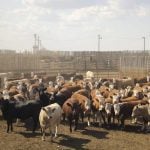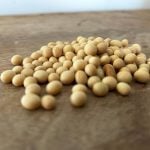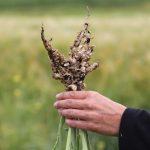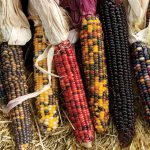How many of you know almost all of the non-nuclear munitions or bomb explosions that occur worldwide are due to the fertilizer nitrogen? There are other explosive chemicals, like potassium chlorate and silver iodide, but they are minor compared with fixed nitrogen. Dynamite, Semtex, picric acid, gun powder, gelignite and all of those other explosives, […] Read more













